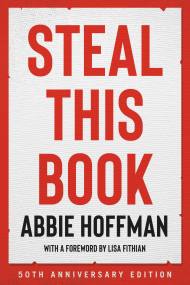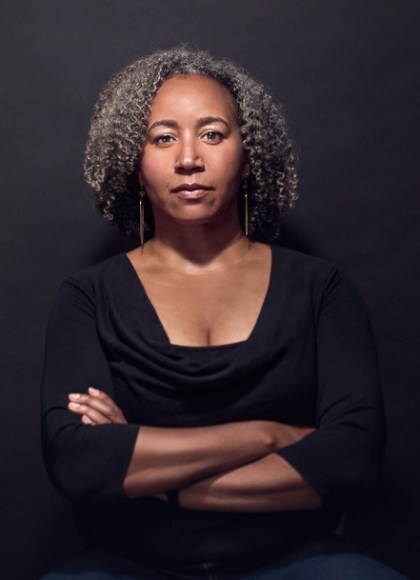Promotion
Use code BEST25 for 25% off storewide. Make sure to order by 11:59am, 12/12 for holiday delivery!
By clicking “Accept,” you agree to the use of cookies and similar technologies on your device as set forth in our Cookie Policy and our Privacy Policy. Please note that certain cookies are essential for this website to function properly and do not require user consent to be deployed.
How We Show Up
Reclaiming Family, Friendship, and Community
Contributors
By Mia Birdsong
Formats and Prices
- On Sale
- Jun 2, 2020
- Page Count
- 272 pages
- Publisher
- Balance
- ISBN-13
- 9781580058070
Price
$18.99Price
$24.99 CADFormat
Format:
- Trade Paperback $18.99 $24.99 CAD
- ebook $9.99 $12.99 CAD
- Audiobook Download (Unabridged) $24.98
This item is a preorder. Your payment method will be charged immediately, and the product is expected to ship on or around June 2, 2020. This date is subject to change due to shipping delays beyond our control.
Buy from Other Retailers:
-
"Mia Birdsong is one of our most important thinkers and strategists for how we build structures to support the families that we actually have and the kinds of families we would build if we weren't all so obsessed with respectability. This book gives us both the vision and the blueprint for how to do this in ways that feel sustainable, and quite frankly otherworldly. I left this book feeling something I haven't felt in a long time...hopeful. "Brittney Cooper, author of Eloquent Rage: A Black Feminist Discovers Her Superpower
-
"Mia Birdsong's deeply personal book calls forth a deeply public truth: that we're all better off when we're all better off. Her search for the meaning of community and belonging will inspire Americans from many walks to show up in a new way."Eric Liu, CEO of Citizen University and author of Become America
-
"This is a the book we've all been waiting for about the 'craft'--and that's what Mia Birdsong so insightfully names it--of creating community. She's a master craftswoman herself--gathering stories of such intentionality, honesty, and reliability that you will immediately start living your life more radically and reaping the rewards."Courtney E. Martin, author of The New Better Off: Reinventing the American Dream
-
"This book is a blueprint to being vulnerable enough to love harder, dig deeper and be unafraid to redefine and expand our relationships. A beautiful and helpful piece of work. "Tiq Milan, writer and LGBTQ advocate
Newsletter Signup
By clicking ‘Sign Up,’ I acknowledge that I have read and agree to Hachette Book Group’s Privacy Policy and Terms of Use





